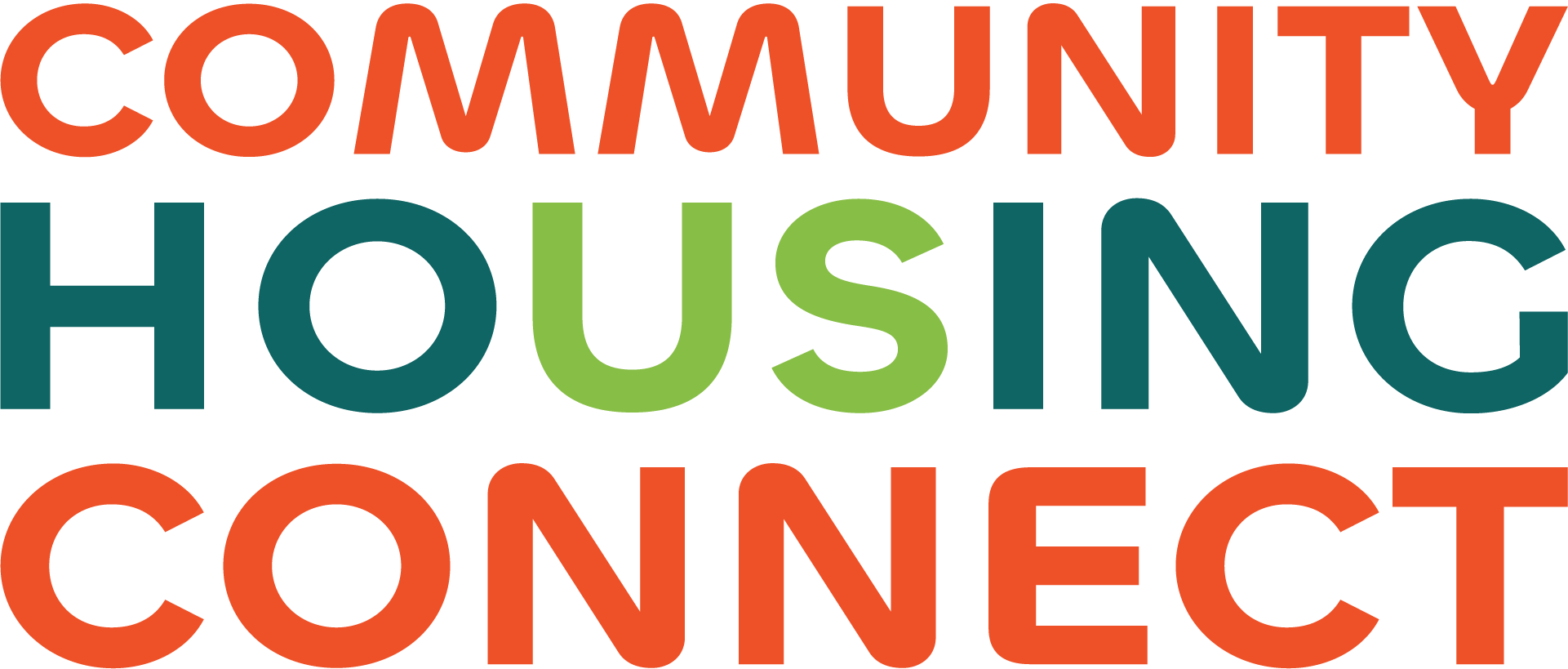Ensuring fair and equal access to housing and homeless assistance resources through an effective coordinated entry system is a critical component of our community’s effort to end homelessness. To this end, on September 17, 2021, the Grand Rapids Area Coalition to End Homelessness Steering Council adopted a motion to have Community Rebuilders further develop and expand the piloted Communityhousingconnect.org website to become the coordinated entry system utilized by Kent County. This would expand the use of Community Housing Connect (CHC) to include assessment and prioritization for all populations experiencing a housing crisis. Ensuring a fair and equitable coordinated entry system for all populations experiencing homelessness including people experiencing chronic homelessness, Veterans, families, youth, and survivors of domestic violence.
Following this formal action, Community Rebuilders as well as local community funders including the City of Grand Rapids, The Frey Foundation, and The Jandernoa Foundation made significant financial commitments for the development of Community Housing Connect 2.0. Together with the Grand Rapids Area Coalition to End Homelessness we are designing Community Housing Connect 2.0 to meet the coordinated entry needs of our community.
What is Coordinated Entry?
A systems-level approach for providing coordinated and standardized access, assessment, prioritization, and referral to community resources for people experiencing a housing crisis – especially for people who are unhoused.
- A system designed to streamline the process for people experiencing homelessness to access the housing and support services they need to permanently end their homelessness.
- A standardized intake, assessment, and referral process to ensure equitable access to limited community resources.
- A system that shares data in real time within the community.
Standardized Inclusive Access
Community Housing Connect is a free online platform that serves as the coordinated entry access point for housing and homeless services, helping Kent County residents experiencing a housing crisis quickly connect to the services they need. This decentralized, any door system of access means it is accessible by anyone, anywhere, anytime.
If assistance is needed, individuals can visit participating organizations for assistance using the platform.
Standardized Assessment
Community Housing Connect will provide a standardized intake process that includes assessment tools that provide understanding and insight regarding the strengths and needs of each household experiencing homelessness.
Standardized Prioritization
The system will help our community prioritize limited community resources based on the strengths and needs of persons seeking assistance. This ensures that people who need assistance the most can receive it in a timely manner.
Referral to Services
CHC 2.0 Brings organizations working to end homelessness together in more formal linkages.
CHC 2.0 will include a thorough mapping of entities and services that are dedicated to ending homelessness.
The services are accessed through CHC 2.0 and share documented and approved policies to match individuals to available and appropriate housing and supports. Referrals are based on the community’s established prioritization guidelines. A service map will be public-facing, showing real-time service availability making capacity visible to everyone.
Real-Time Data
Real-time data is the heart of the Coordinated Entry System. A Coordinated Entry System functions best with real-time, person-specific data which enables our community to identify every person experiencing homelessness by name, document their needs, prioritize them for housing, and refer them to the housing and supports that best suit their preferences and needs. This data also allows our community to monitor our homeless system performance, notice fluctuations, identify problems and respond in real-time.

